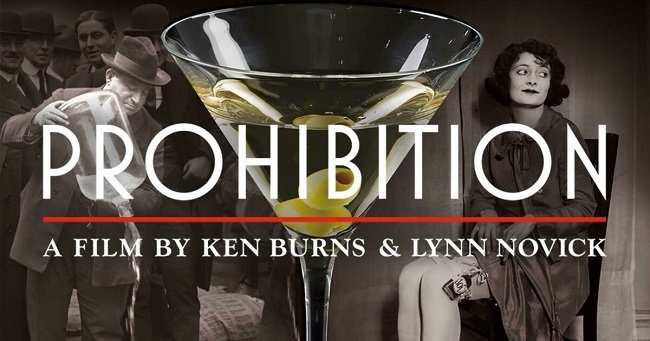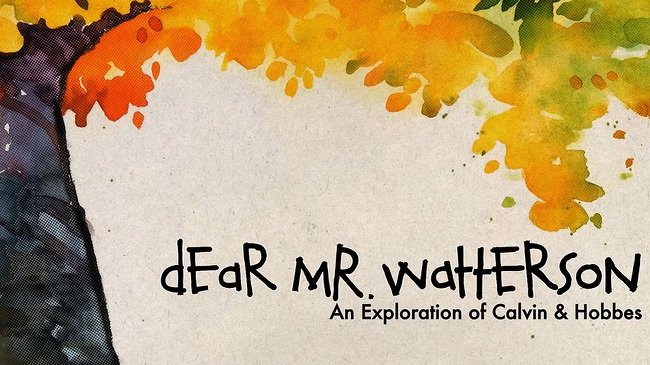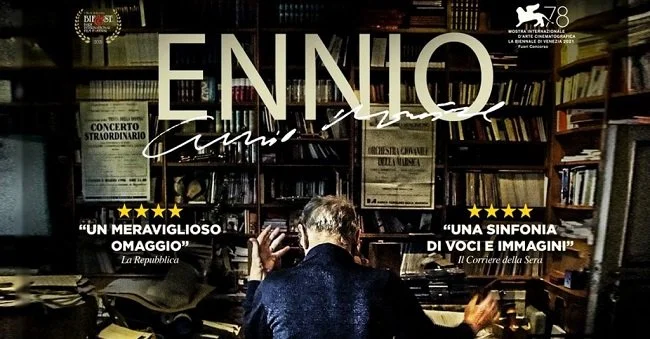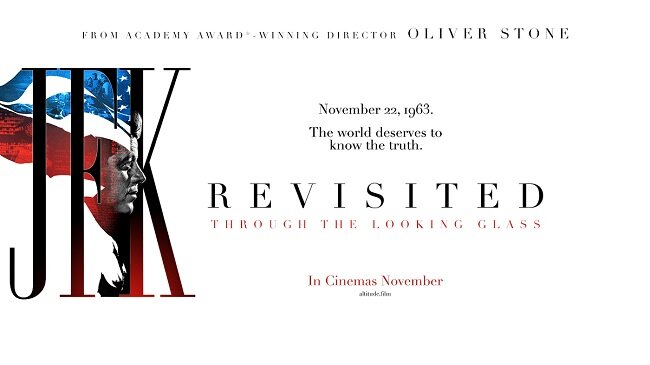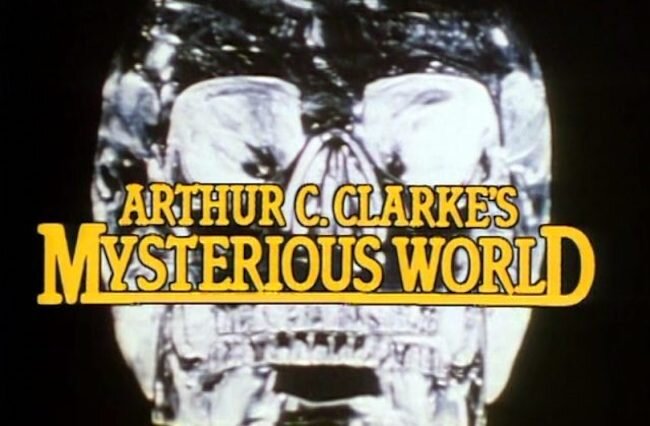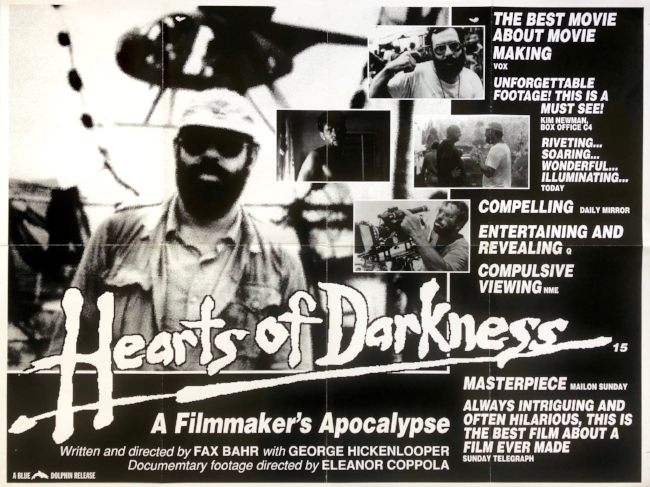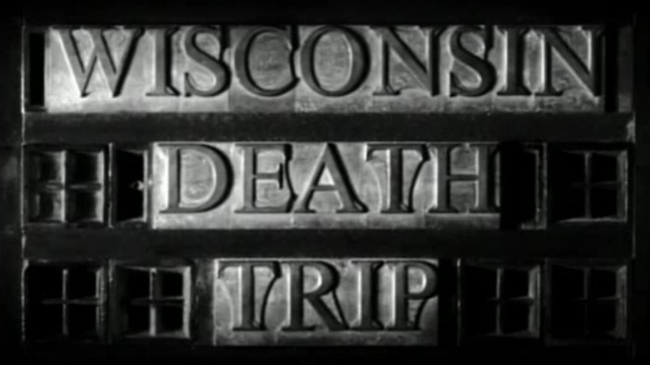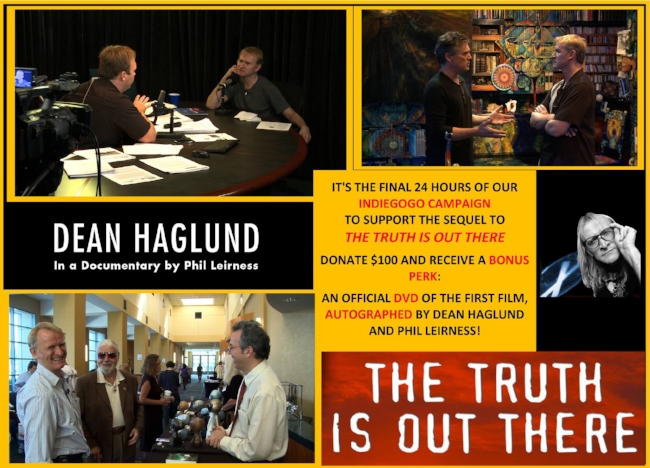Wisconsin Death Trip (1999)
Wisconsin Death Trip is a strange, enigmatic, non-linear docudrama and that makes for compelling viewing for the open minded. It is based upon the 1973 non-fiction book Wisconsin Death Trip by Michael Lesy, which explores a collection of late 19th century photographs by Jackson County, photographer Charles Van Schaick. These are mainly taken in the city of Black River Falls. The authentic black and white pictures are further embellished by local news reports from the same period, predominantly taken from the Black River Falls newspaper. These articles emphasise the harsh aspects of Midwestern rural life under the pressures of crime, disease, mental illness, and urbanization. The book has been a source of influence over the years, with authors such as Stephen King and Rod Jones citing the impact its had upon their respective work. Film maker James Marsh has subsequently taken this curious microcosm of rural life and death and extrapolated it a compelling reflection upon mortality and the fragility of human existence.
Wisconsin Death Trip is beautifully narrated in an understated, matter of fact fashion by Ian Holm. The docudrama avoids the traditional linear approach to exploring such subject matters and there are no explanations by historians or psychiatrists to account for the litany of deaths, murders and suicides. Director Marsh instead elects to blend the period photographs with recreation of the events being narrated. The matter of fact approach of the newspaper stories from the 1890s are quite a surprise. They lack the contemporary penchant for hyperbole and comes close to normalising what are inherently bizarre events. The original reports never seem to attempt to explore the motives for the various murders and suicides and seem to justify them with the most arbitrary of explanations. Yet the photos clearly speak for themselves about the reality of frontier life and the harsh existence that these immigrants endured. Dead babies in coffins, the Winnebago Indians suffering from small pox and the recently hung are all starkly shown.
The period stories are also intercut with colour scenes from present day Black River Falls, juxtaposing the hardship of life in the 1890s with the mundanity of contemporary small-town America. It makes for an interesting contrast. One minute we’re reflecting upon a jilted lover shooting the object of their affection and the next we’re watching modern kids playing in the streets and a local beauty pageant. Yet there is a distinct Lynchian undercurrent to the proceedings. Perhaps the inference is despite the calm and measured pace of twenty first century life in this sleepy rural town, it would only take some nominal changes in the climate or the loss of power to drive even a modern community to the edge of despair and the borders of insanity, as in the 1890s. It certainly makes you think, which seems to be the underlying point of Wisconsin Death Trip. It is an oddly fascinating 76 minutes that’s a far cry from your traditional documentary. Recommended to those who have an interest in the human condition and aren’t perturbed by the macabre.


